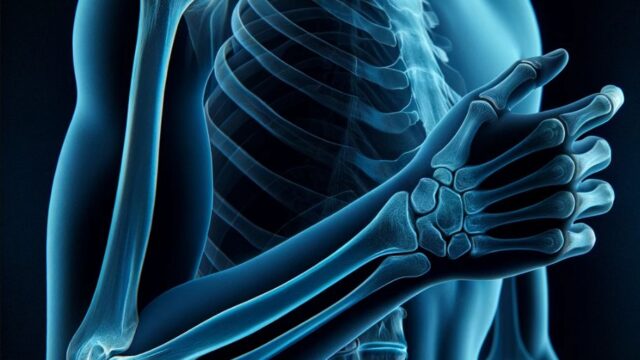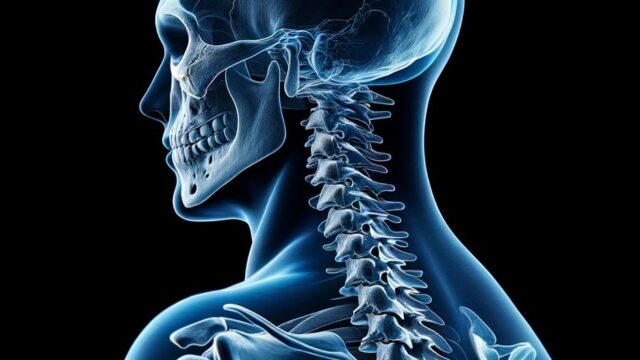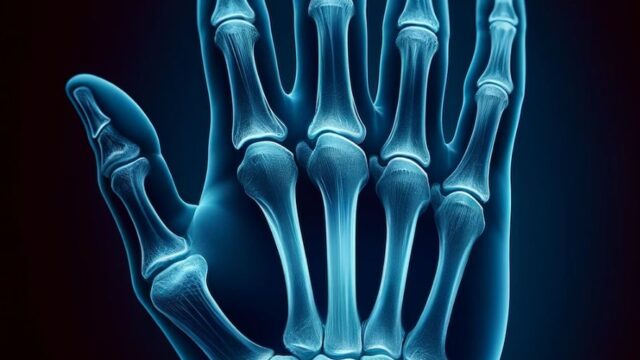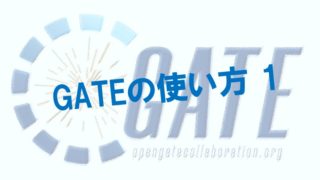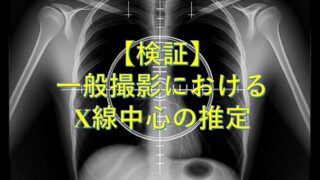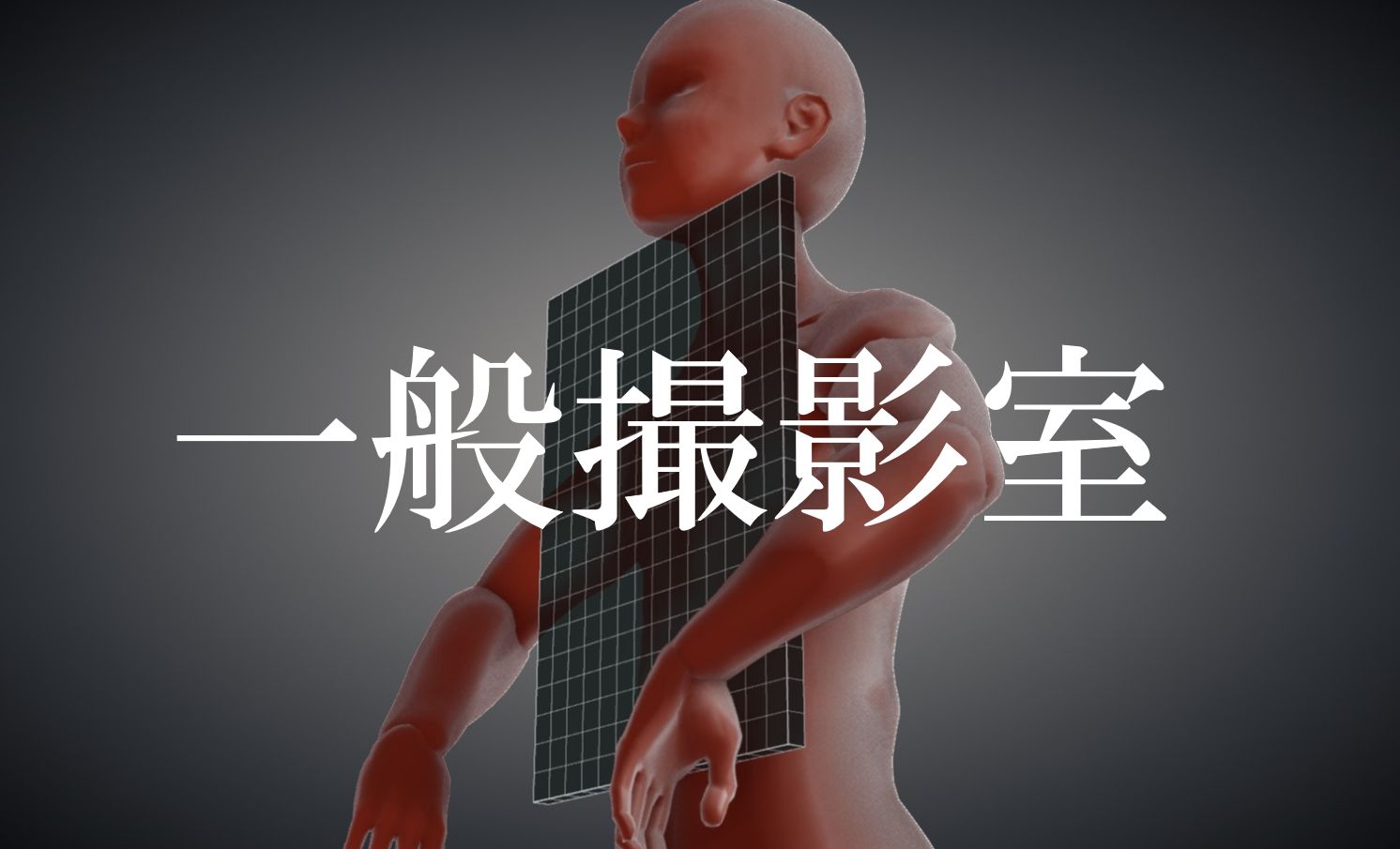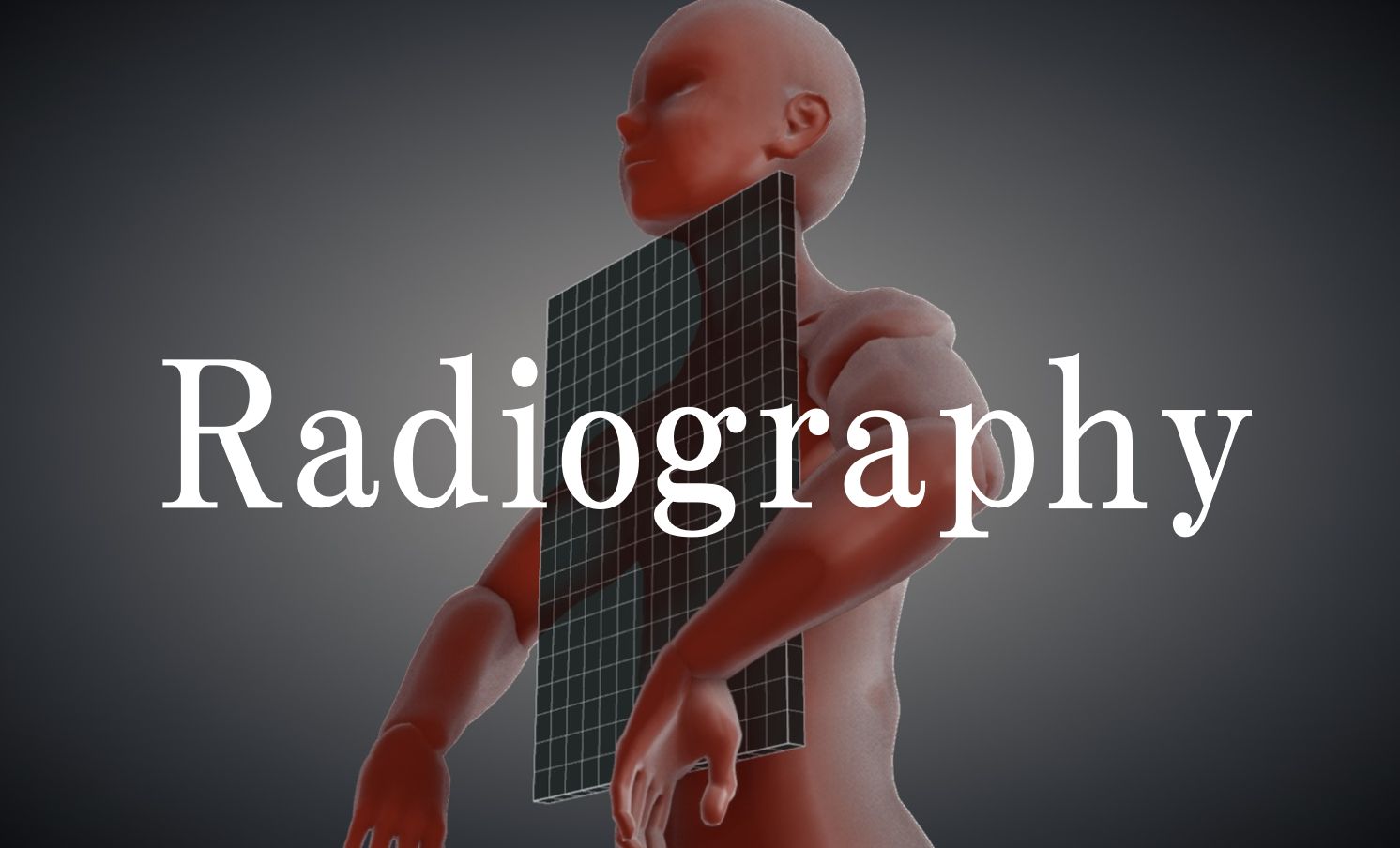Erect (AP/PA)
Purpose
Observation of air-fluid levels and free gas in the abdominal cavity due to conditions such as perforation, or ileus.
Prior confirmation
If the primary focus is on the kidneys, consider using the AP view. However, if minimizing gonadal exposure is desired, consider using the PA view.
For the purpose of observing intra-abdominal gas, a chest PA view can also be useful.
Adjust the field size to 14×17 inches.
Remove any obstructions such as tubes, zippers, buttons, etc.
If the patient is unable to stand, consider the lateral decubitus position.
It takes several minutes for the intra-abdominal air to descend below the diaphragm, so even if a bedridden patient is placed in an upright position, the X-ray may not show the desired results immediately. Wait for approximately 5 minutes before taking the X-ray.
Positioning
Stand facing the cassette (PA) or with the cassette positioned against the back (AP) in an upright position.
Align the midsagittal plane with the central axis of the cassette.
Align the coronal plane parallel to the cassette.
Position the upper edge of the 14×17 inches size irradiation field at the level of the inferior angle of the scapula.
Align the center of the cassette with the crossline (horizontal) of the irradiation field.
Spread both hands away from the trunk.
Place the RL marker.
CR, distance, field size
CR : Direct the central ray perpendicular to the center of the cassette.
Distance : 100-150 cm.
Field size : The vertical field size should be 17 inches size, and the horizontal field size should be narrowed down to the body surface.
Exposure condition
70kV / 32mAs
Grid ( + )
Full expiration (After complete exhalation, wait for 1 second before exposure.)
Image, check-point
Normal (Radiopaedia)
Subdiaphragmatic free gas
Both diaphragms should be visible at the top of the image, and the lower portion should include the maximum possible visualization of the lower abdomen.
The spine should be projected at the center of the image, with the vertebral spinous processes visible at the center of the vertebral bodies.
The image should be free from motion blur.
Videos
Related materials
Supine (AP)
Purpose
Confirmation of foreign bodies, tumors, calcifications, and gas.
Observation of the pelvis, ribs, and intra-abdominal organs (liver, kidneys, spleen, etc.).
Prior confirmation
Prepare the field size to 14×17 inches.
Remove any obstructing objects such as tubes, buckles, buttons, etc.
Positioning
Supine position.
Align the mid-sagittal plane with the central axis of the cassette.
Ensure that the coronal plane is parallel to the cassette to minimize body twisting.
Align the lower edge of the field, which is a 14×17 inches size, with the inferior aspect of the greater trochanter.
The cross-line of the field (horizontal) is approximately be at the level of the iliac crest.
Spread both arms away from the trunk.
Place the maker ( supine, RL ).
CR, distance, field size
CR : Direct the central ray perpendicular to the center of the cassette.
Distance : 100-120 cm.
Field size : The vertical field size should be 17 inches size, and the horizontal field size should be narrowed down to the body surface.
Exposure condition
70kV / 32mAs
Grid ( + )
Full expiration (After complete exhalation, wait for 1 second before exposure.)
Image, check-point
The lower edge of the image should include the superior border of the pubic symphysis, and the upper edge should at least include the lower portions of the liver and kidneys.
The spine should be projected at the center of the image, with the spinous processes observed at the center of the vertebral bodies.
Ensure there is no blurring in the image.
The outlines of the major psoas muscles, transverse processes of the lumbar vertebrae, ribs, and the margins of the liver and kidneys should be distinguishable.
Videos
Related materials
KUB (Supine/Erect)
Purpose
It is effective for confirming calcification in the urinary tract (kidneys, ureters, bladder, urethra). It is also captured during the intravenous pyelogram (IVP) procedure.
The difference from the supine anterior abdominal imaging is that it includes the area from the kidneys to the upper edge of the pubic symphysis, and it narrows the radiation field to the ASIS to reduce scatter and enhance the clarity of the kidney contours.
Prior confirmation
Prepare the field size to 14×17 inches.
Remove any obstructing objects such as tubes, buckles, buttons, etc.
Positioning
Supine or erect.
Erect position is useful for diagnosing conditions such as floating kidney.
Align the mid-sagittal plane with the central axis of the cassette.
Ensure that the coronal plane is parallel to the cassette to minimize body twisting.
Align the lower edge of the field, which is a 14×17 inches size, with the inferior aspect of the greater trochanter.
The cross-line of the field (horizontal) is approximately be at the level of the iliac crest.
Spread both arms away from the trunk.
Place the maker ( supine, RL ).
CR, distance, field size
CR : Direct the central ray perpendicular to the center of the cassette.
Distance : 100-150 cm.
Field size : The vertical field size should be 17 inches size, and the horizontal field size should be narrowed down to the ASIS.
Exposure condition
70kV / 32mAs
Grid ( + )
Full expiration (After complete exhalation, wait for 1 second before exposure.)
*If the body size is large and the entire area from the upper edge of the kidneys to the lower edge of the bladder does not fit within half the frame size, the imaging can be divided into two sessions, or the breath-holding can be done with minimal exhalation.
Image, check-point
The lower edge of the image should include the superior border of the pubic symphysis, and the upper edge should at least include the lower portions of the liver and kidneys.
The spine should be projected at the center of the image, with the spinous processes observed at the center of the vertebral bodies.
Ensure there is no blurring in the image.
The outlines of the major psoas muscles, transverse processes of the lumbar vertebrae, ribs, and the margins of the liver and kidneys should be distinguishable.
Videos
Related materials
The method of visualizing the external urethra (through two separate imaging sessions) is also available.



















